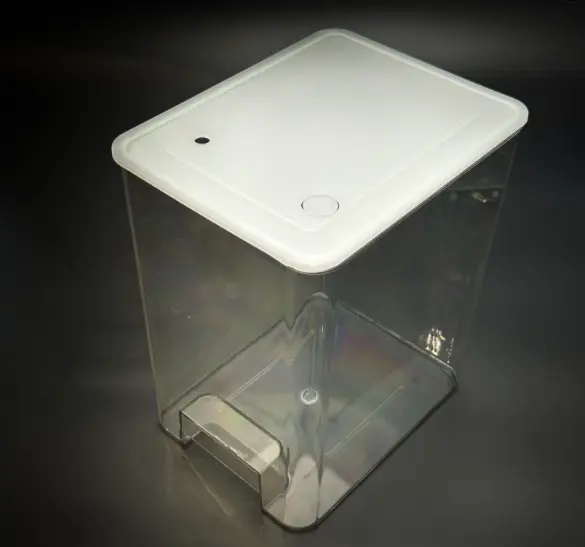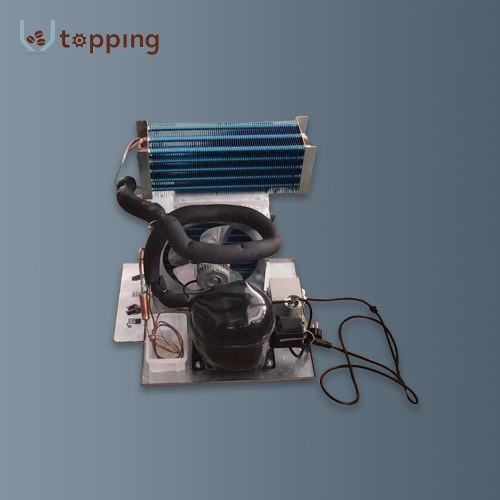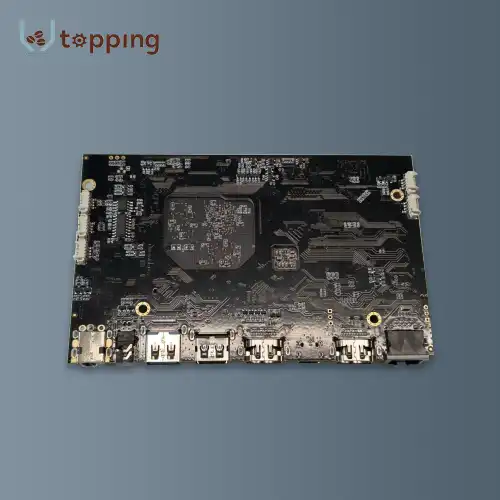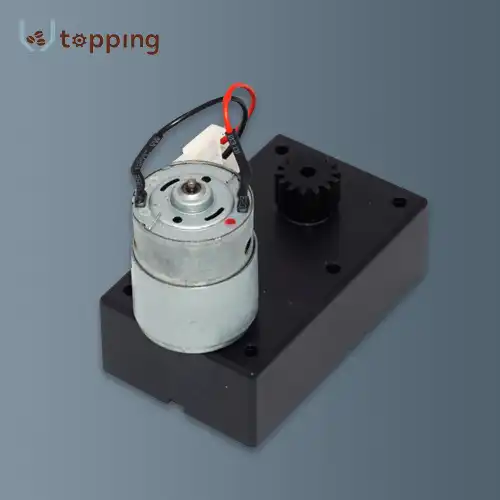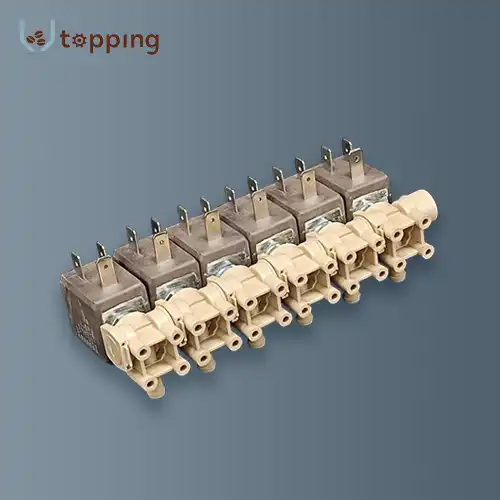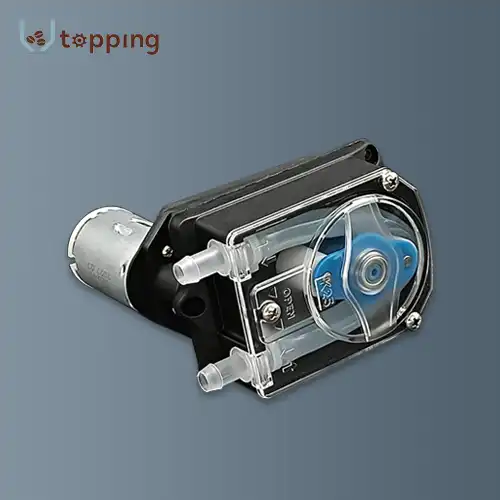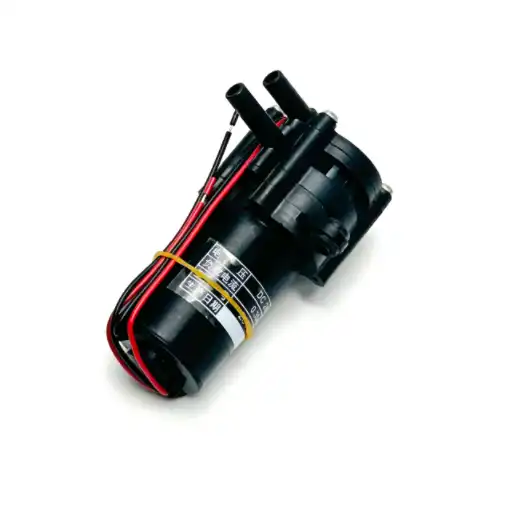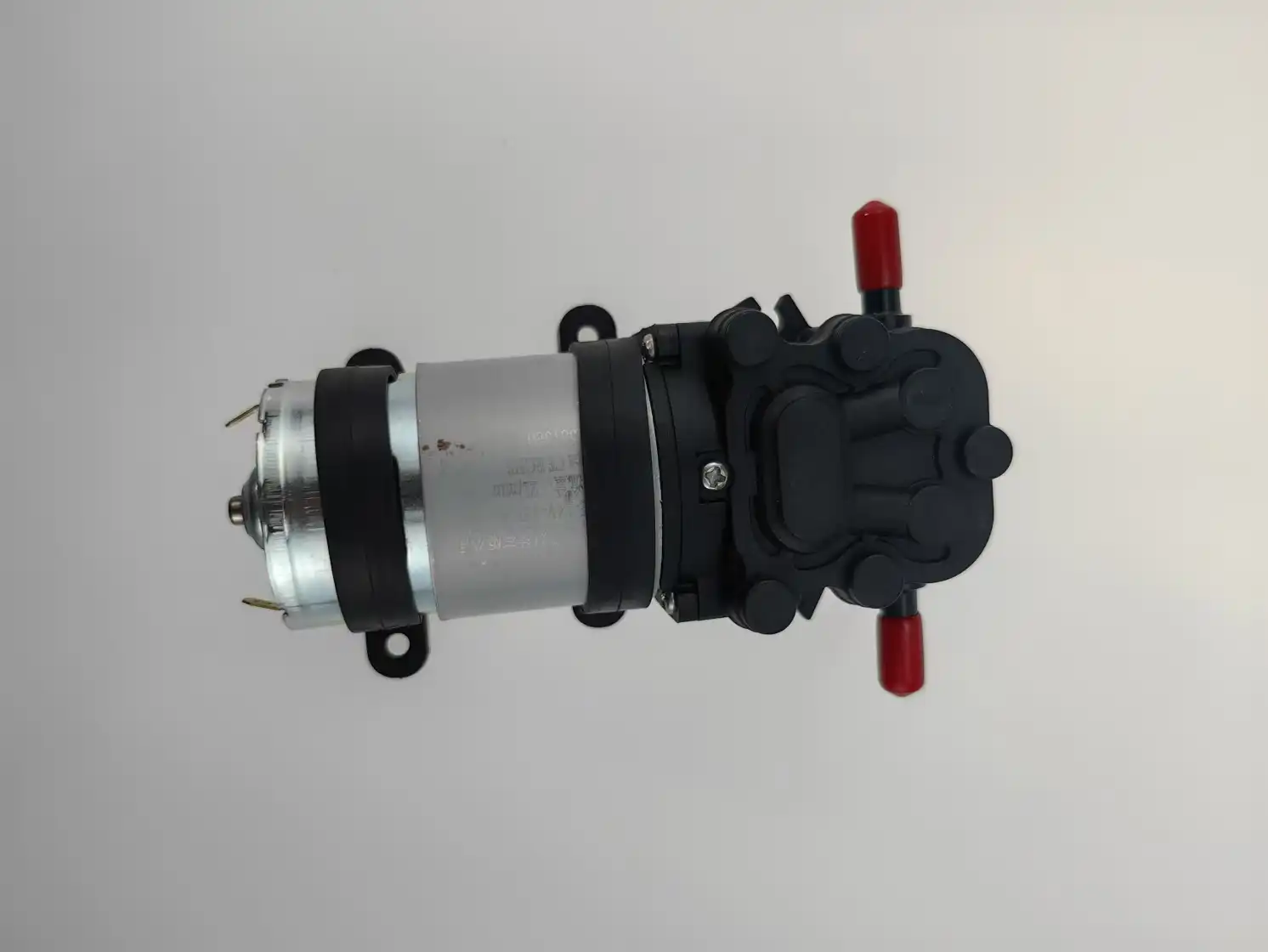Vending Machine Control Board Repair
2024-09-13 17:27:47
The control board is the heart of a vending machine control board, managing its various functions such as dispensing products, processing payments, and maintaining temperature controls. This sophisticated electronic component ensures that the machine operates smoothly, responding to user inputs, and performing diagnostic checks. Without a functional control board, a vending machine cannot fulfill its purpose, leading to downtime and loss of revenue for operators.
The control board integrates several subsystems of the vending machine. It communicates with the keypad and display for user interface purposes, handles input from coin and bill validators for payment processing, and controls motors and solenoids for product dispensing. It also monitors and maintains optimal temperatures for refrigerated units. This central role makes the control board critical to the machine's overall functionality and reliability.
Common Fault Diagnosis
Diagnosing faults in a vending machine control board can be challenging due to the complexity of the systems involved. Common issues include display malfunctions, where the screen shows incorrect or no information, unresponsive buttons, payment system failures where the machine cannot process coins or card payments, and overall unresponsiveness where the machine fails to operate. Each of these symptoms points to potential underlying problems that require careful examination.
Display problems often manifest as blank screens, incorrect messages, or partial displays. This can be due to loose connections, damaged screens, or issues within the control board itself. Unresponsive buttons may result from worn-out keypads or faults in the control board that fail to register button presses. Payment system failures are critical as they prevent the machine from accepting money, which could be due to sensor malfunctions, firmware issues, or hardware failures in the control board.
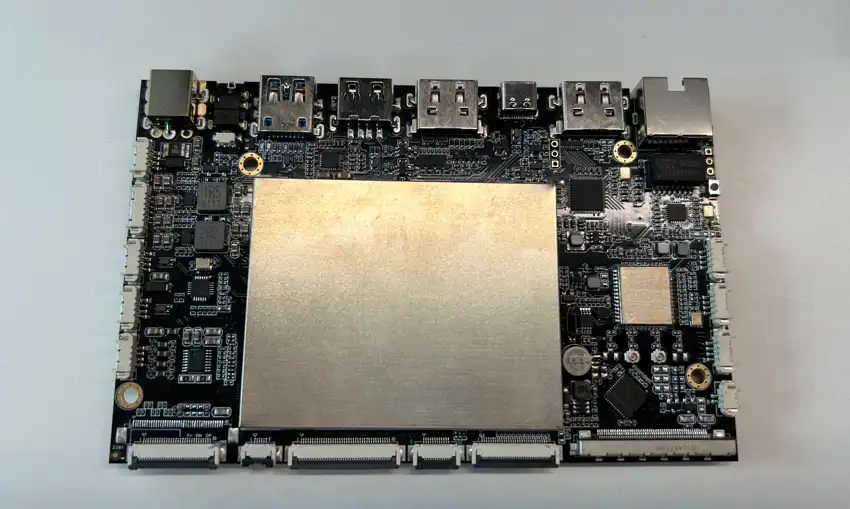
Fault Cause Analysis
Control board failures can arise from a variety of root causes, each presenting unique challenges and requiring specific strategies for prevention and resolution. One of the most prevalent causes is related to power issues. Fluctuations or interruptions in the power supply can significantly impact the delicate components of a control board. Voltage spikes, sudden drops, or surges, often stemming from unstable power sources, can inflict serious damage on the sensitive electronics within the board. To mitigate these risks, it is crucial to ensure that the vending machine is consistently connected to a stable power source that includes adequate surge protection mechanisms.
Another common source of control board failures is software-related issues. These can manifest due to various factors such as corrupted firmware, software bugs, improper updates, malware intrusions, or internal conflicts within the system's programming. Even with regular updates and maintenance procedures in place, these issues can still occur unexpectedly. Resolving software-related problems often requires specialized knowledge and may involve actions like reinstalling or updating the firmware to restore proper functionality.
Hardware damage represents yet another significant cause of vending machine control board malfunctions. This category encompasses a range of issues, from burnt-out components to broken connections within the circuitry. Environmental factors play a crucial role here; conditions such as excessive moisture, dust accumulation, and extreme temperatures can exacerbate hardware damage. For instance, moisture infiltration can lead to short circuits, while dust buildup can impede ventilation, causing overheating and subsequent component failure. Implementing regular cleaning routines and controlling the vending machine's operating environment are essential steps in reducing the likelihood of hardware-related failures.
Furthermore, the interplay between these different causes can sometimes complicate fault diagnosis and resolution. For example, power fluctuations can not only directly damage hardware but also indirectly contribute to software instability. Similarly, environmental factors that lead to hardware damage can exacerbate both power-related and software-related issues.
Addressing control board failures effectively requires a comprehensive approach that integrates preventive measures and responsive actions. Preventive strategies include ensuring robust power management practices, conducting regular software updates and maintenance checks, and implementing environmental controls such as dust filters and moisture barriers. When faults do occur, troubleshooting efforts should encompass a methodical examination of both hardware and software components, potentially involving diagnostic tools and expert technical support.
Understanding the diverse array of factors that can lead to control board failures is essential for maintaining the reliability and longevity of vending machine operations. By addressing power issues, managing software integrity, protecting against environmental hazards, and adopting proactive maintenance practices, operators can significantly reduce the frequency and impact of these disruptions, ensuring consistent performance and customer satisfaction.
Software Troubleshooting
Software-related problems in a vending machine control board often require specific troubleshooting steps. One of the primary solutions is performing firmware updates to ensure that the latest software fixes and improvements are installed. Firmware updates can resolve many issues by providing new features, security patches, and bug fixes. It is crucial to follow the manufacturer's instructions carefully when updating firmware to avoid introducing new problems.
In some cases, a simple software reset can resolve issues by restoring the control board to its default state. This process involves rebooting the machine and often requires accessing a hidden menu or using a specific button sequence. While a reset can fix many minor issues, it should be used with caution as it will also erase any custom settings or configurations.
Advanced troubleshooting might involve reprogramming certain functions or settings, depending on the specific model and manufacturer guidelines. This can include recalibrating sensors, reconfiguring payment systems, or adjusting timing settings. Detailed knowledge of the machine's software and access to technical manuals are essential for these tasks. In some cases, manufacturers provide diagnostic tools or software that can help identify and fix software issues.
Control Board For Vending Machine Supplier
When it comes to sourcing control boards for vending machine control boards, Topping Motor is a reliable supplier offering OEM and ODM solutions. They provide comprehensive services including fast delivery and careful packaging to ensure the integrity of the products. For operators in need of quality control boards, Topping Motor can be contacted at sales@huan-tai.org for further assistance.
References
Vending Machine Repair Guide - Vendsoft
How to Troubleshoot and Repair Your Vending Machine - VendMedic
Vending Machine Control Boards - Global Vending Grou
Vending Machine Control Board Troubleshooting - VE Solutions
Send Inquiry
Related Industry Knowledge
- What is a volumetric counter?
- Are There Eco-Friendly Options for Coffee Vending Machine Spare Parts?
- Can Upgrading Your Coffee Grinder Motor Improve Grinding Consistency?
- What are the Specification parameters of vending machine touch screen?
- What is the coffee capacity of the coffee brewing Unit?
- What is a coffee brewing Unit Dimension ?
- How to evaluate the performance and stability of the Control Board For Vending Machine?
- How Long to Coffee Grinder Motors Last?
- Is it necessary to have a Coffee Vending Machine Ingredient Canisters?
- Why is Vending Coffee Machine Water Tank made of Food-grade plastic?

